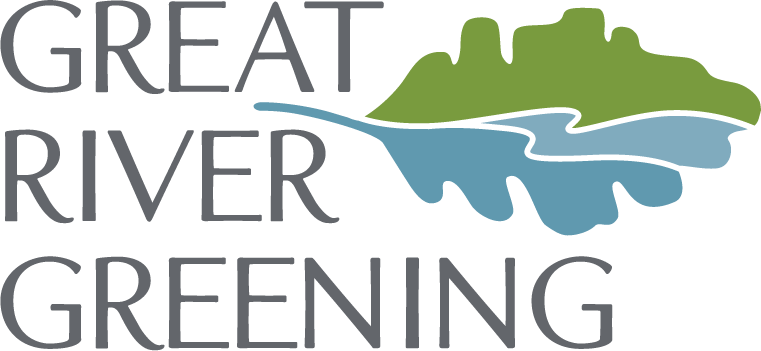Seed for seed, this pollinator project is taking hold
A Pollinator Seed Initiative begun last spring is making progress. Ground preparation and planting projects are planned throughout this year, including one in Woodbury, where Great River Greening volunteers will be working this month.“The seed initiative is a pioneering concept with no Minnesota precedent,” said Steve Huckett, conservation director for Great River Greening. With a rising demand for native seed and a desire for specific plant varieties, commercial seed suppliers sometime lack the inventory. Such shortages have been a limiting factor for pollinator habitat restoration and conservation efforts. This initiative, which Great River Greening received support for from The Patrick and Aimee Butler Family Foundation, is an effort to provide back-up sources.Current sites and project partners include:
- Woodbury Pollinator Corridor, with the City of Woodbury, South Washington Watershed District, and Washington County (11 acres)
- Shepard Farm, with Dodge Nature Center (4 acres)
- Lebanon Hills Regional Park, Dakota County (50 acres)
- Blue Lake Generation Plant, with Xcel Energy (21 acres)
- Lake Elmo Park Reserve, with Washington County (25 acres)
Great River Greening has worked with all of these partners on related restoration and pollinator projects, some for decades, said Huckett. “Each one brings a unique and essential strength to the project, and the flexibility and willingness to navigate this new initiative and keep it going.”In Woodbury, the corridor is a narrow, natural space about a mile long, nearby Ojibway Park. Fifty volunteers will cast seed and plant wildflowers, during a Great River Greening restoration event.Becca Tucker, GRG ecologist and project manager, said that the planting there and in the other sites will be unique: “Rather than mix the species throughout the area, we will organize them like you would a nursery, in ‘species plots,’ to make harvesting seed easier.”Once matured, the grasses and flowering forbs at each place will provide food and nesting habitat for bumble bees, monarch butterflies, and many other pollinator species. They will also provide seed.
